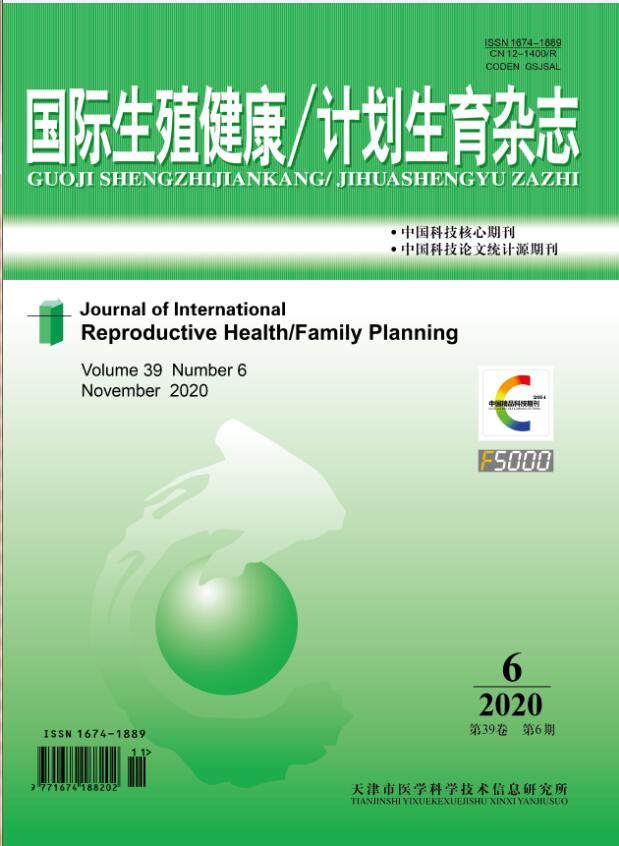|
|
Clinical Outcomes of 41 Balanced Reciprocal Translocation Carriers Undergoing Conventional IVF/ICSI-ET
CAI Jing;LIU Hong-jie;SHEN Shu-qiu;LIN Qi;MAI Wen-ting;YIN Biao;ZOU Shu-ling;YE Yan-ping;ZENG Yong
2015, 34 (3):
212-216.
Objective: To evaluate the pregnancy outcomes of those patients with balanced reciprocal translocations after conventional in vitro fertilization (IVF) or intracytoplasmic sperm injection (ICSI), and to provide valuable reference for genetic counseling and assisted reproductive technology (ART) treatment. Methods:Forty-one patients with balanced reciprocal translocation (the study group) and 751 couples with normal karyotypes (the control group) were included. Clinical pregnancy outcomes were compared between the two groups. Results:In the study group, 24 patients were treated with IVF, while other patients treated with ICSI. Additionally, 28 patients were diagnosed as primary infertility, and 11 patients had a history of adverse pregnancy or childbearing. There were not significant differences in the maternal age, number of retrieved oocytes, number of MⅡ oocytes, number of transferred embryo, clinical pregnancy rate, late abortion rate, ectopic pregnancy rate, fetal malformation rate, stillbirth rate, live birth rate, live birth rate per ovum pick-up (OPU) cycle between the two groups (P>0.05). However, there was significant differences in the embryo implantation rate and early miscarriage rate (P<0.05). Nineteen patients in the study group delivered a total of 22 babies in 27 pregnancy cycles. Conclusions:Those balanced reciprocal translocation carrier could achieve an ideal pregnancy outcome when treated with conventional IVF/ICSI and prenatal diagnosis which is an economical and effective treatment for those patients.
Related Articles |
Metrics
|

